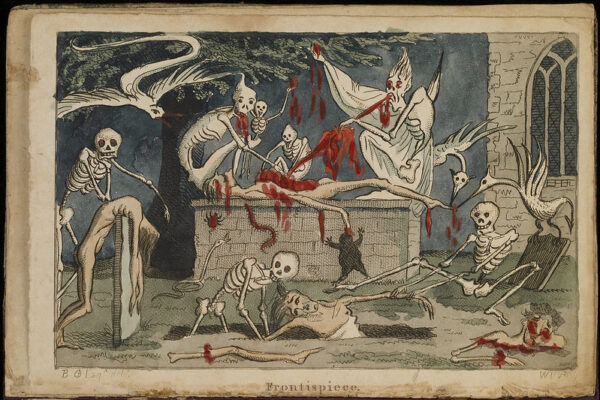What is Gothic Horror?

There is no simple definition of gothic literature. Depending on the critic you read they might point at Webster as the originator (The Duchess of Malfi, 1612) or Shakespeare King Lear (circa 1603) and Macbeth (circa 1603), they explore many of the themes found in the gothic genre: murder, ghosts, power, aristocracy; they have claustrophobic and isolated castle settings which are found in later gothic novels.
Gothic horror stories became popular in England during the Georgian era and remained popular during the Regency period. Several Romantic authors published gothic novels. The obvious ones are Horace Walpole’s The Castle of Otranto (1764), Matthew Lewis’ The Monk (1796), and Ann Radcliffe’s The Mysteries of Udolpho (1794). In France, gothic novels were known as Roman Noir – literally Dark Novels – and it is this darkness that we shall explore.
Gothic fiction was more about the threat of supernatural events than jump scares; psychological rather than physical horror. It often relied on the idea of being haunted by the past.
The themes of the larp
Gothic plays with the following themes: Confusion over what is real or unreal; What dreams and nightmares can do to and with the imagination; Magic and the occult with particular reference to the boundary between life and death; Corruption of the body and of the spirit; and finally, a erotic darkness that binds all these things together in the fiction.